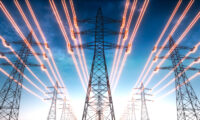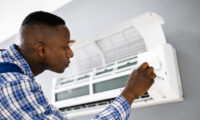5 Ways to Make Your Bathroom More Efficient
Water and energy utility bills can rack up quickly, especially in the summer. Check out these five simple ways you can help reduce your overall utility costs by saving both water and energy in your bathroom!
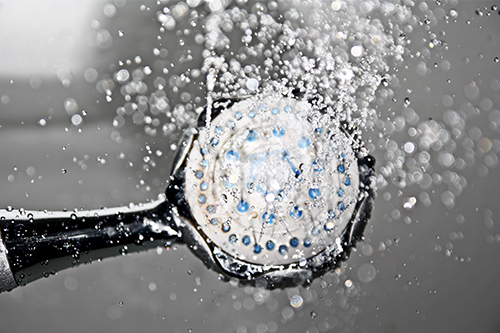
When it comes to improving the efficiency within our homes, most people give little thought to the bathroom. From the outside, it may seem like the sink, bathtub, and toilet, along with other basic appliances, play a limited role in energy consumption and waste. In reality, they are among the largest contributors, which combined with a number of bad habits that people engage in daily, lead to even greater unnecessary energy use. Not only is this wasteful, the consequences of failing to improve your bathroom’s efficiency will cost you money each and every month. Thankfully, there are a number of things that can be done to optimize the components that make up your bathroom and to help you get started, consider the following tips.
1. Take cold showers
While a warm shower after a long day may seem like an inconsequential part of your daily routine, it is actually one of the largest sources of energy use within the bathroom. Due to the energy required to heat the water, taking colder showers is one quick and easy way to improve the overall energy efficiency of the room. And the benefits are not limited to saving energy, as cold showers keep your hair and skin healthy by keeping them hydrated. This is the opposite effect of the drying out that warm water does. A cold shower is also likely to decrease the amount of time you spend bathing, saving on water waste and money spent.
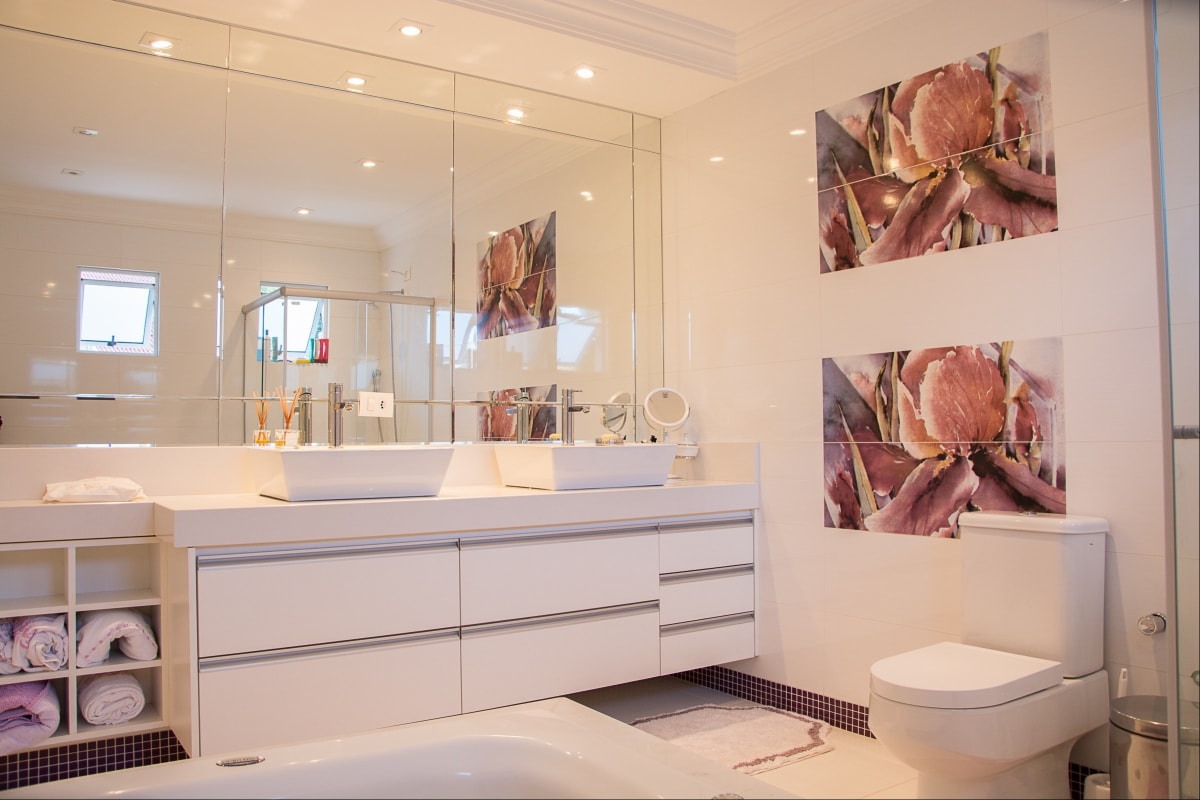
2. Turn off the tap while brushing your teeth
Whether it is the grogginess brought about from an abrupt awakening or the exhaustion that plagues us all after a long day, when it comes time to brush our teeth we are often too out of it to pay attention to what we’re doing. It is for that very reason that so many people fall into the habit of leaving the faucet running as they brush. Especially for those who take their time with cleaning their teeth, it is important that you turn off the tap while you’re brushing. The simple turn of a handle is all it takes to stop wasting water and be more efficient in the bathroom.
3. Install a water-saving shower head
One appliance that will help to improve the efficiency of your bathroom is a low flow shower head. These devices work by limiting the amount of water that is released, minimizing the water used with each shower and having the added benefit of reducing the energy required of the water heater to heat the excess that spills out. Water-saving shower heads even come in a number of varieties including hand-held and stationary makes, allowing you to easily replicate your current shower experience. By combining the installation of efficient shower heads with the practice of taking shorter showers, you will be able to reduce the amount of water you waste, while also saving yourself some money in the process.
4. Efficient Faucets
Another device aimed at reducing water waste is the efficient faucet aerator. In a simple installation process, the aerator is easily installed over the sink’s standard tap, the place where the water is released, and works in a manner very similar to a water-saving shower head. Even better, the models have been designed to maintain pressure while reducing outflow, meaning you will likely not even notice the change. Another similarity that efficient faucets and low flow shower heads share is that they come in a number of varieties, allowing consumers to choose between the devices that allow for more or less gallons per minute.
5. Unplug hot tools
There are a number of appliances that we use regularly within our bathrooms to get ready before heading out of the house. The most common are hair styling tools like curling irons, flat irons, and hair dryers. In order to operate them, these tools require time and energy to heat up, along with an outlet. What many people fail to realize is that even when they are powered off, many of these tools are still using energy, something known as vampire energy. In order to avoid any extra power use, keep devices and styling tools unplugged when they’re not being used. Also be sure to check on them progressively if they require time to heat to make sure they are not just sitting around using energy.
6. Use the bathroom extractor fan sparingly
The main job of the extractor fan is to control the odors within the bathroom. While these devices can be helpful, it is important that this fan is used only when needed as running it can be easily forgotten and a source of energy consumption. Over time, the effectiveness of older fans can diminish, so be sure to use them sparingly and confirm that your extractor fan is doing everything you need it to. For those with windows in their bathrooms, opening them can be used as an alternative method to create circulation. If you do have to use the fan, always remember to turn it off as soon as you can.
7. Low Flow toilets
A growing trend among modern bathrooms is housing dual flush toilets. These toilets offer two flushing buttons, allowing you to adjust the amount of water used and prevent waste. In the event you have an older toilet, there still exists the possibility to regulate the amount of water used by installing a flush converter. This is a device that includes a secondary flush mechanism and can use less water than normal. Installation can be quick and require no tank removal. Even better, many converters are able to be purchased at very reasonable prices. To start cutting back on your water waste today, consider installing one of these in your bathroom.
8. Decrease The Water Heater Temperature
One of the biggest energy draining appliances within your home is the water heater, the device responsible for regulating the heat of your water. Most people don’t pay them much attention, which often contributes to less than efficient performance. Many manufacturers will set the default temperature at 140 degrees, twenty degrees higher than what is recommended. Dropping the temperature down to 120 degrees helps to cut the cost of energy while also being better to your pipes, preventing them from corroding at a more rapid rate. Another option exists for those who have tank water heaters, which store hot water and run continuously to maintain the warm temperature. There are now tankless water heaters that warm up water only when the hot water tap is turned on, presenting another great way to conserve energy.
9. LED Lighting
One easy switch that can be made within bathrooms to improve efficiency involves adjusting the lighting. Frequently, bathrooms are too bright and need to have some of the light bulbs removed. This will cause an immediate cut down on energy use. Light meters are devices that can be used to measure the brightness of a room and help in determining if bulbs should be removed based on average brightness data. You can also consider exchanging old incandescent and CFL light bulbs with LED bulbs. LEDs come at a slightly larger upfront cost but outperform the other bulbs, using significantly less energy and maintaining a longer lifespan. In comparison to incandescent bulbs alone, LEDs can last more than twenty times as long.
Efficiency within our homes does not require out of the box thinking. There is always something that can be done to reduce our consumption and sometimes it involves looking no further than the bathroom. Whether it’s behavioral changes or making slight updates to the appliances we use daily, we can all improve our energy use and save some money in the process.
What our customers are saying
See why our power customers say we're the best electricity provider in Texas!
I was worried about getting electricity for my home through a prepaid company. I was calling around to see different rates then going through all the hassle of credit checks while dropping points each…
I have been with this company for several years and have been very happy since. Even when I moved, they made my usually stressful situation very easy and carefree. I recommend them to everyone that I…
I have enjoyed the service for 2 years now. In the beginning this service was planned to be temporary but with the service being so effective for me i decided to keep it for the long haul. I’m a happy customer.

